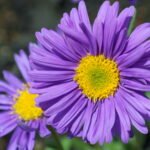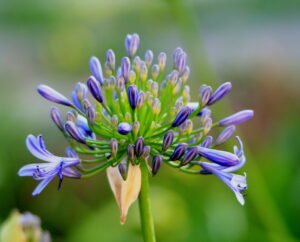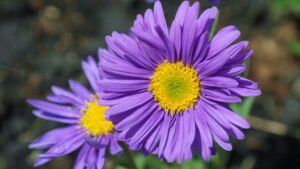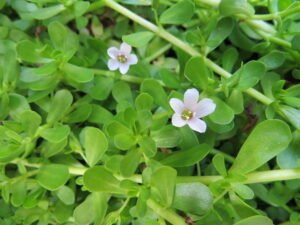Hydrangea Plant: How To Grow And Care For Hydrangeas

Hydrangeas are beautiful flowering plants that can bring a burst of color to any garden or landscape. Known for their large, showy blooms, hydrangeas are a popular choice among gardeners. If you’re thinking about adding hydrangeas to your garden, this guide will provide you with all the information you need to successfully grow and care for these stunning plants.
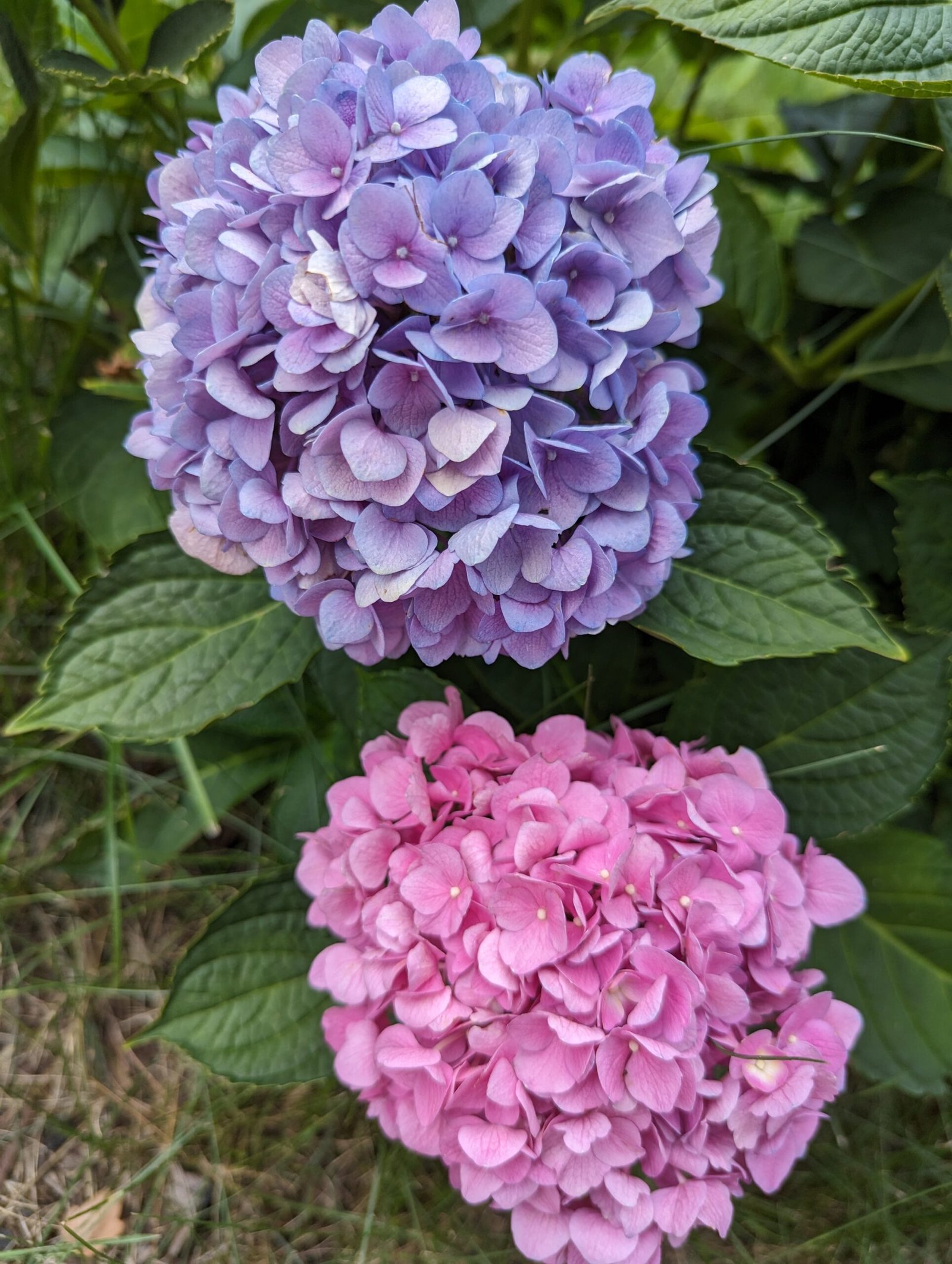
Some Interesting Facts About Hydrangea
Hydrangea is commonly named as hortensia. Hydrangeas were first cultivated in Japan but now Hydrangea plant is native to the North and South American continent and East Asia. it is a flowering plants genus and it is comprised of more than 70 species of flowering plants.
Hydrangea name have a Greek origin, it is made up of two Greek words Hydor (meaning water) and Angos (meaning Vessel or Jar), hence name Hydrangea means “Water Vessel”. The name itself explains hydrophilic nature of Hydrangea plant.
Hydrangea is a unique plant that have the ability to indicate soil pH by the color of its bloom. Hydrangea bloom is blue if soil pH is below 5.5 (Strongly acidic soil), purple if soil pH is between 5.5 and 6.5 (Acidic Soil), white if soil pH is between 6 and 6.2 (slightly acidic to neutral soil) and Hydrangea bloom will be pink if soil pH is above 7 (Alkaline soil).
Hydrangea plant flowers do not have petals in fact the petal like part is actually sepals which are modified leaves that are supposed to protect the flower buds. One unique quality of sepals in Hydrangea is that they can absorb water. So if you want to keep the bloom looking fresh you can spray the water directly on sepals a few times during the day.
Some Commonly Asked Questions About Hydrangea
Is hydrangea Perennial or Annual Plant?
Hydrangea is a perennial shrub that can live up to around 50 years if cared properly. Hydrangea plants are deciduous. It means that Hydrangea plant will shed all its leaves in late fall to winter and plant will go in dormancy in winters. But nothing to worry as plant will recover in spring and new leaves will come out once spring days warm up.
What month is best to plant hydrangeas?
Late spring is the best time to plant hydrangeas when there is no danger of frost anymore. It is the time of the year that sees best growth in hydrangeas both under and above the ground.
Is hydrangea poisonous?
Unfortunately entire plant of Hydrangea is toxic. Because entire plant of Hydrangea contains traces of cyanide. It is cause of worry around kids and pets. If any part of Hydrangea is ingested accidentally it will cause dizziness, rapid pulse and shortness of breath. In extreme cases it can lead seizures and death. So be extra careful if there are children or pets in home.
Do Hydrangea like Sun or Shade?
Hydrangea grows best in locations that receives morning direct sunlight and afternoon shade. Extremely shaded location will cause growth issues in plant and both quality and quantity of blooms may be affected. Extremely sunny locations that receives full sunlight during afternoons in summer is also not good for Hydrangea as it will cause heat stress and wilting in plant. Filtered light throughout the day is best for Hydrangea overall growth and health.
Can Hydrangea bloom change color?
Yes, because Hydrangea bloom color depends on soil pH as already explained. By changing soil pH you can change bloom color in Hydrangea plant. Some organic method to change soil pH is explained further in this post.
What is the season for hydrangeas?
Hydrangea blooms in spring, summer and bloom may last almost through the fall. It may stop blooming in summers if weather is extreme and will start blooming again in fall.
Choosing the Right Hydrangea
Before you start growing hydrangeas, it’s important to choose the right variety for your garden. There are several different types of hydrangeas. Each hydrangeas variety have its own unique characteristics. Some popular varieties include:
- Bigleaf Hydrangea (Hydrangea macrophylla) – This is the most common type of hydrangea, known for its large, round flower clusters. It comes in a variety of colors, including pink, blue, and white.
- Panicled Hydrangea (Hydrangea paniculata) – This variety features cone-shaped flower clusters that can range in color from white to pink to deep red.
- Smooth Hydrangea (Hydrangea arborescens) – These hydrangeas have large, round flower clusters and are known for their hardiness and ability to thrive in a variety of conditions.
Consider the climate and conditions in your area when choosing the right hydrangea variety for your garden.
How To Grow or Plant Hydrangeas
Once you’ve chosen the right hydrangea variety, it’s time to plant them in your garden. Follow these steps for successful planting:
- Choose the right location: Hydrangeas thrive in well-draining soil and prefer partial shade. Choose a location in your garden that provides these good growing conditions for hydrangea.
- Prepare the soil: Dig a hole that is twice as wide and just as deep as the root ball of your hydrangea plant. Mix in some compost or organic matter in soil to improve the soil’s fertility and drainage.
- Plant the hydrangea: Place the hydrangea in the hole, making sure that the top of the root ball is level with the ground. Backfill the hole with soil and gently pat the soil down to remove any air pockets.
- Water thoroughly: Water the newly planted hydrangea thoroughly to help settle the soil and ensure that the roots make good contact with the surrounding soil.
Hydrangea Plant Care
Proper care is essential for the health and vitality of your hydrangea plants. Here are some tips to keep your hydrangeas looking their best:
- Watering: Hydrangeas need regular watering, especially during dry periods. Is is ideal to keep the soil moist but not waterlogged. Avoid overhead watering in hydrangea as it can cause Corynespora leaf spot fungal diseases. Always water deeply and directly in roots and then wait for next watering until top soil is dry to touch.
- Fertilizing: Feed your hydrangeas with a balanced, slow-release fertilizer like compost, vermicompost or organic manure once in a month. Additionally to get more blooms in the plant feed with Epsom Salt and NPK 10-10-10 during the blooming period. For more blooms always fertilize with Phosphorus rich nutrients and plant feeds.
- Pruning: Prune your hydrangeas in late winter or early spring to remove dead or damaged wood and to shape the plant. Be careful not to prune off next season’s flower buds, as some hydrangea varieties bloom on old wood.
- Protecting from frost: If you live in an area with harsh winters, protect your hydrangeas from frost damage by covering them with a layer of mulch or burlap.
Troubleshooting Common Issues
While hydrangeas are generally easy to grow, they can sometimes encounter problems. Here are a few common issues and how to address them:
- Yellow leaves: Yellow leaves in hydrangeas can be a sign of overwatering or nutrient deficiencies. Adjust your watering schedule and consider adding a balanced fertilizer.
- No blooms: If your hydrangea isn’t blooming, it may be due to pruning at the wrong time or improper fertilization. Make sure to feed the plant with fertilizers that have high content value of phosphorous. Any rose plant fertilizer used for blooms will work for hydrangea also.
- Pest infestations: Hydrangeas can be susceptible to pests such as aphids and spider mites. Use neem oil and insecticidal soap’s spray to control these pests.
- Brown or Black Spots on Leaves: These spots are caused on leaves of Hydrangeas due to anthracnose which is a fatal fungal disease of hydrangea. Remove the affected leaves and other plant parts and destroy them. Do not water on leaves as it will cause further spread of this disease. Do not add affected leaves and other plant parts in compost pile as it can spread from there to other plants.
How to Change Color Of Hydrangea Bloom?
As already explained Hydrangea bloom color is indicator of soil pH. So sou can actually change bloom color of Hydrangeas by changing soil pH.
Blue bloom in hydrangeas is because of acidic soil and you can make soil acidic by adding aluminum sulphate and vinegar.
Pink blooms in Hydrangea is indicator of alkaline soil. Add garden lime to soil and make the soil alkaline. Contrary to popular belief baking soda does not affect bloom color of hydrangea.
By choosing the right variety, providing the proper care, and troubleshooting any issues that arise, you can enjoy the beauty of Hydrangea in your garden for years to come. Whether you’re a seasoned gardener or a beginner, hydrangeas are a great addition to any landscape.
Tags: #Hydrangea Plant Care, #How To Care For Hydrangea Plant, #How to Grow Hydrangea Plant, #Hydrangea plants care for beginners, #Hydrangea Plant care tips, #AmazeGarden.Com, #Plants Care Tips, #Gardening, #Kitchen Gardening, #Terrace Gardening, #Backyard gardening, #Container Gardening, #Urban Gardening, #plants Care, #Hydrangea Flower Care, #Hydrangea Flower Care Tips, #Hydrangea Care
To Get The Latest Gardening News, Tips and Tricks Directly In Your Mailbox, Subscribe Our Newsletter !


